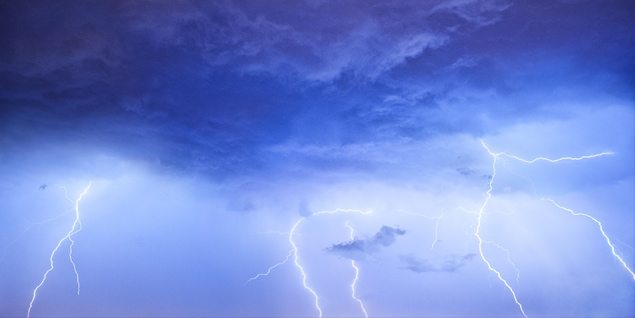What is weather?
Weather is the daily occurrences of sunshine, rain, hail, snow, fog or wind.
What is climate?
Climate is the overall weather in a particular area over a long period of time.
How do meteorologists forecast weather?
Meteorologists (weather forecasters) use information collected by weather stations on land, at sea and on satellites orbiting the Earth. Air pressure and cloud formation help predict future weather. Computers are used to analyze large amounts of data and to predict the weather of the future.
What causes the seasons?
The Earth is slightly tilted as it moved around the Sun on it’s orbit. At different times of the year, the northern and southern hemispheres may be slightly nearer or further from the Sun. This us what causes the differences in temperature and weather that we call seasons. The only place on Earth that stays the same all year round is the equator. The equator is located on the middle of the planet and therefore is always the same distance from the Sun.
What are the different kinds of clouds?
Cirros (curled), cumulo (piled up), nimbo (rain), strato (in layers or sheets) and alto (high). The clouds with the words nimbus or nimbo bring rain hail or snow. The very lowest clouds drift over high ground as fog and the highest clouds are made of ice crystals.
What causes lightning?
Water droplets in rain clouds have a positive electrical charge at the top of the cloud and a negative one at the bottom of the cloud. When the negative charge comes near enough to an attracting positive charge from the Earth below or a nearby cloud, the electrical energy is released in a flash of light.
Why do we see lightning before we hear thunder?
Light travels faster than sound. That is why you will see the flash before you hear the sound of thunder.
What is wind?
Simply, wind is the horizontal movement of air relative to the earth’s surface.
How do we describe the wind?
The Beaufort scale was devised to describe wind.
|
|
What is a Tornado?
A tornado is a wind that twists violently to form a funnel. Rising air within the funnel can suck objects (cars, buildings, animals and people) into the air. Tornados travel at very high speeds and can change direction very quickly.
What is a Hurricane?
Hurricanes can also been known as Typhoons, Tropical Cyclones. They are Tropical storms with wind speeds of 64 knots (117km/h) up to 240 knots (414 km/h) that can be thousands of square kilometers in size. These systems usually have a lifespan of several days. A hurricane warning is issued in the Marine Forecast if winds are expected to exceed 64 knots (115 km/h).
What is fog?
Fog is a cloud based at the Earth’s surface consisting of tiny water droplets or, under very cold conditions, ice crystals or ice fog; generally found in calm or low wind conditions. Under foggy conditions, visibility is reduced to less than one kilometer.
What is hail?
Hail is precipitation in the form of lumps of ice associated with thunderstorms. Hail size usually ranges from that of a small pea to the size of cherries, but has been observed as large as golf balls or even oranges. Hail occurs most frequently during the summer when thunderstorm activity is at a peak.
What causes rain?
The water that is in our lakes, rivers, oceans, seas, and even our swimming pools, evaporate. That means it rises up into the sky in an invisible process. When water evaporates into the sky, it makes the clouds. The clouds move around the Earth and gradually fill with more water. They eventually get too heavy with water and the water falls to the Earth in the form of rain or snow (depending on the temperature).
